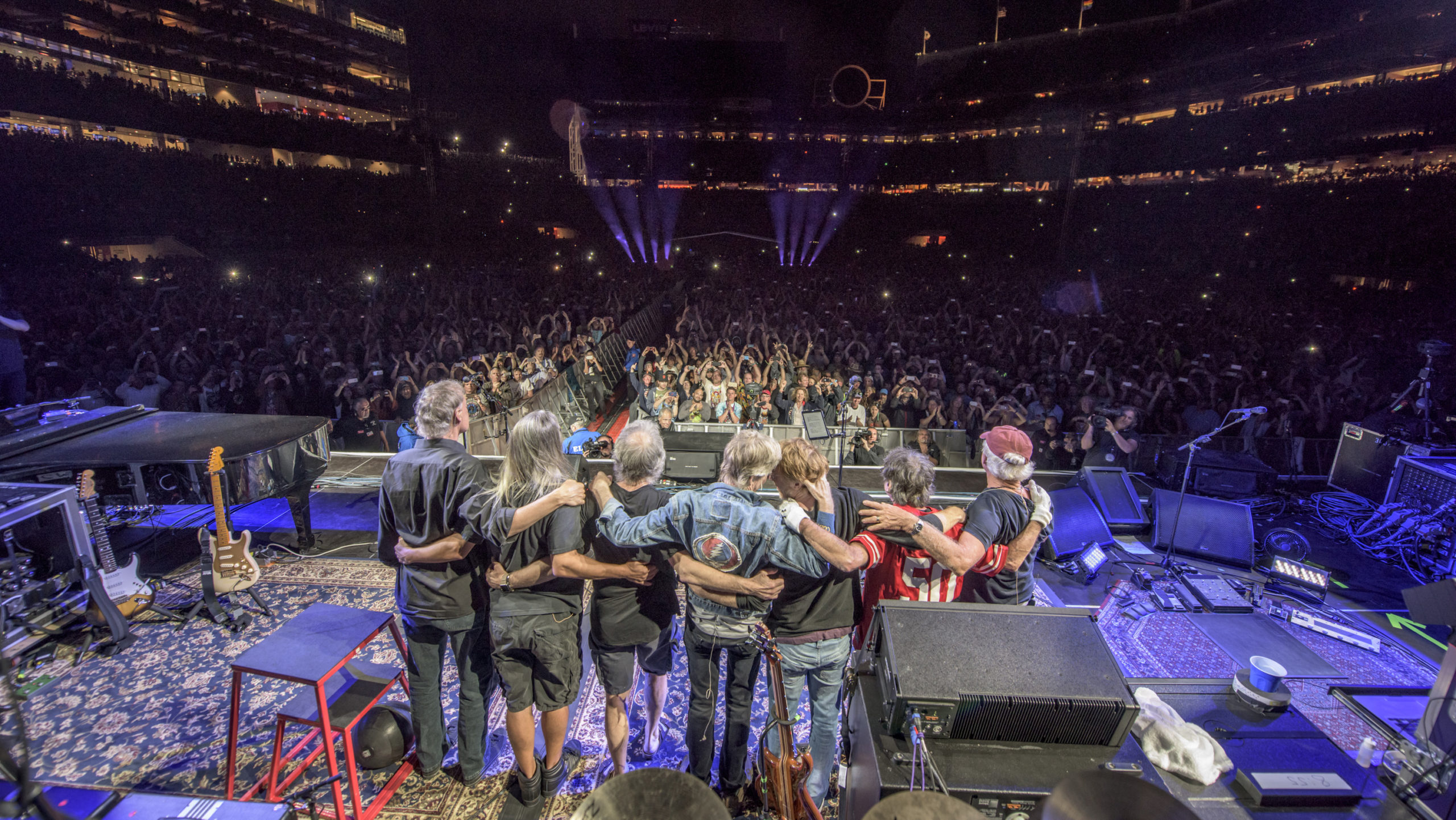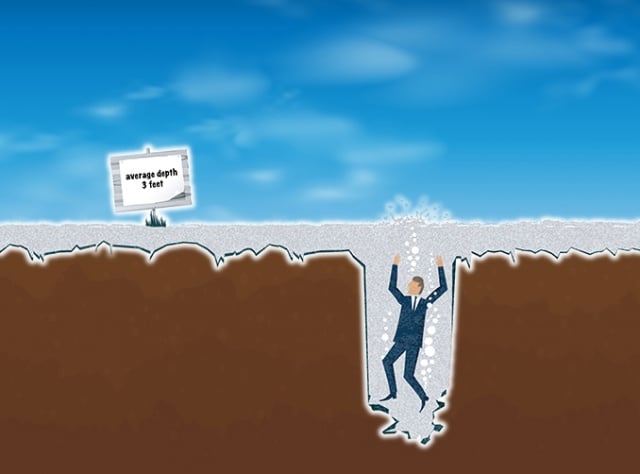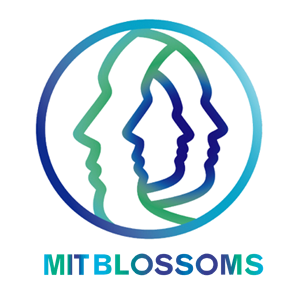About This Lesson
In this lesson, students analyze statistical data to evaluate the Grateful Dead’s successful business model.
The Grateful Dead was an American Rock band formed in 1965 in the San Francisco Bay Area. Known for its eclectic style which fused elements of Rock, Folk, Country, Jazz, Bluegrass, Blues, Gospel, and Psychedelic Rock, the band is also famous for its many lengthy live performances and devoted fan base.
While the Grateful Dead achieved only a moderate level of commercial success in terms of record sales, they consistently filled arenas and became very successful through ticket sales.
The Grateful Dead played to an estimated 25 million people over their career — more than any other band in history. In 1998, The Guinness Book of World Records certified that the band had played the “most rock concerts ever performed” at the time, with 2,318. The Grateful Dead played to one of the biggest audiences ever recorded for a live event at Summer Jam at Watkins Glen in 1973, to an estimated 600,000 people. In the 1990s, the Grateful Dead made a total revenue of $285 million from touring, making them the highest-grossing American band of the decade, and the second-highest grossing band in the world, only behind The Rolling Stones. What makes that statistic even more remarkable is lead guitarist Jerry Garcia died in 1995, meaning they achieved this feat in the first half of the decade alone.
The Grateful Dead achieved success through hard work. They toured relentlessly, performed extended and always-changing concerts, and connected directly with fans in creative ways. In so doing, the band accomplished something beyond economic success: they became a cultural force.


















